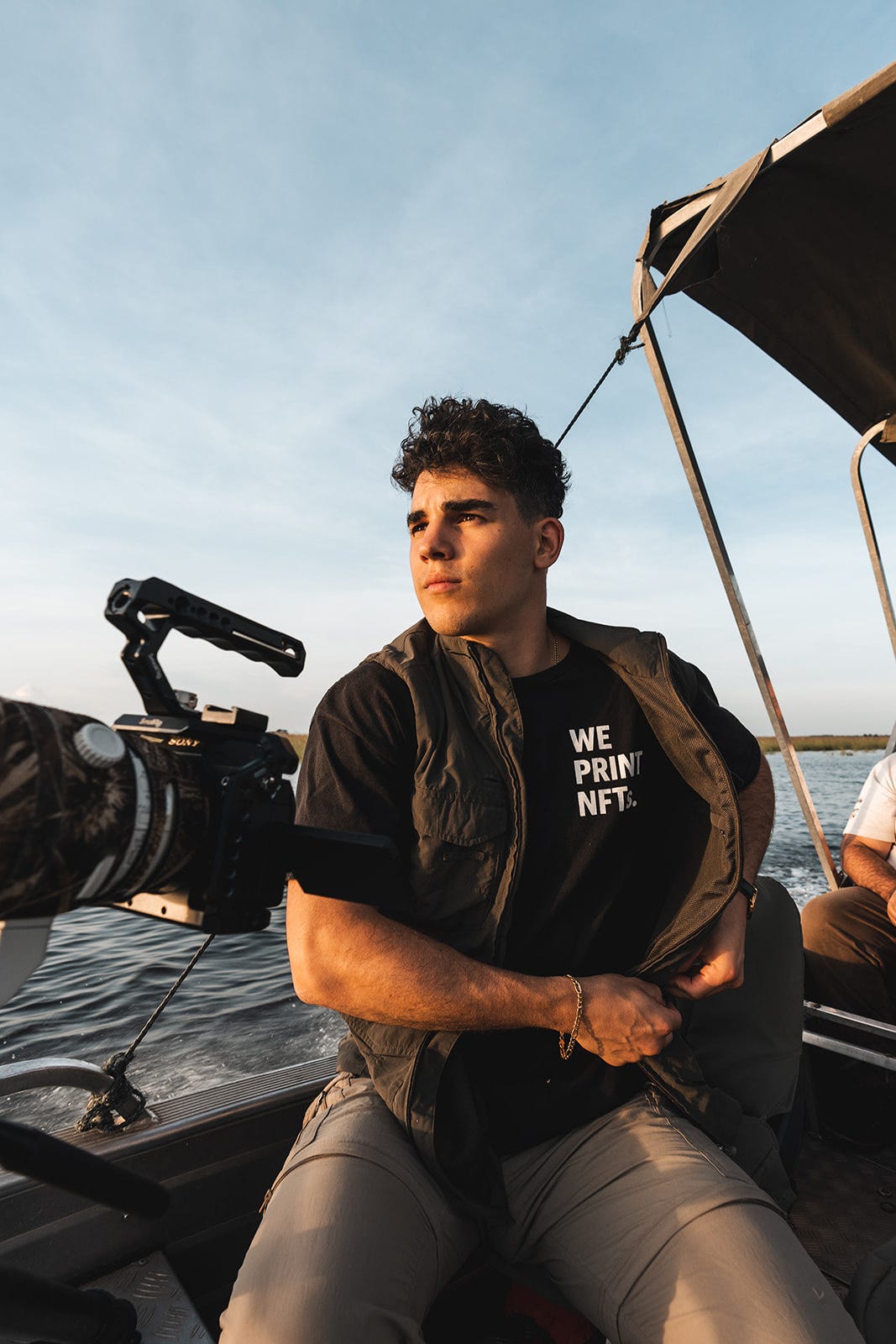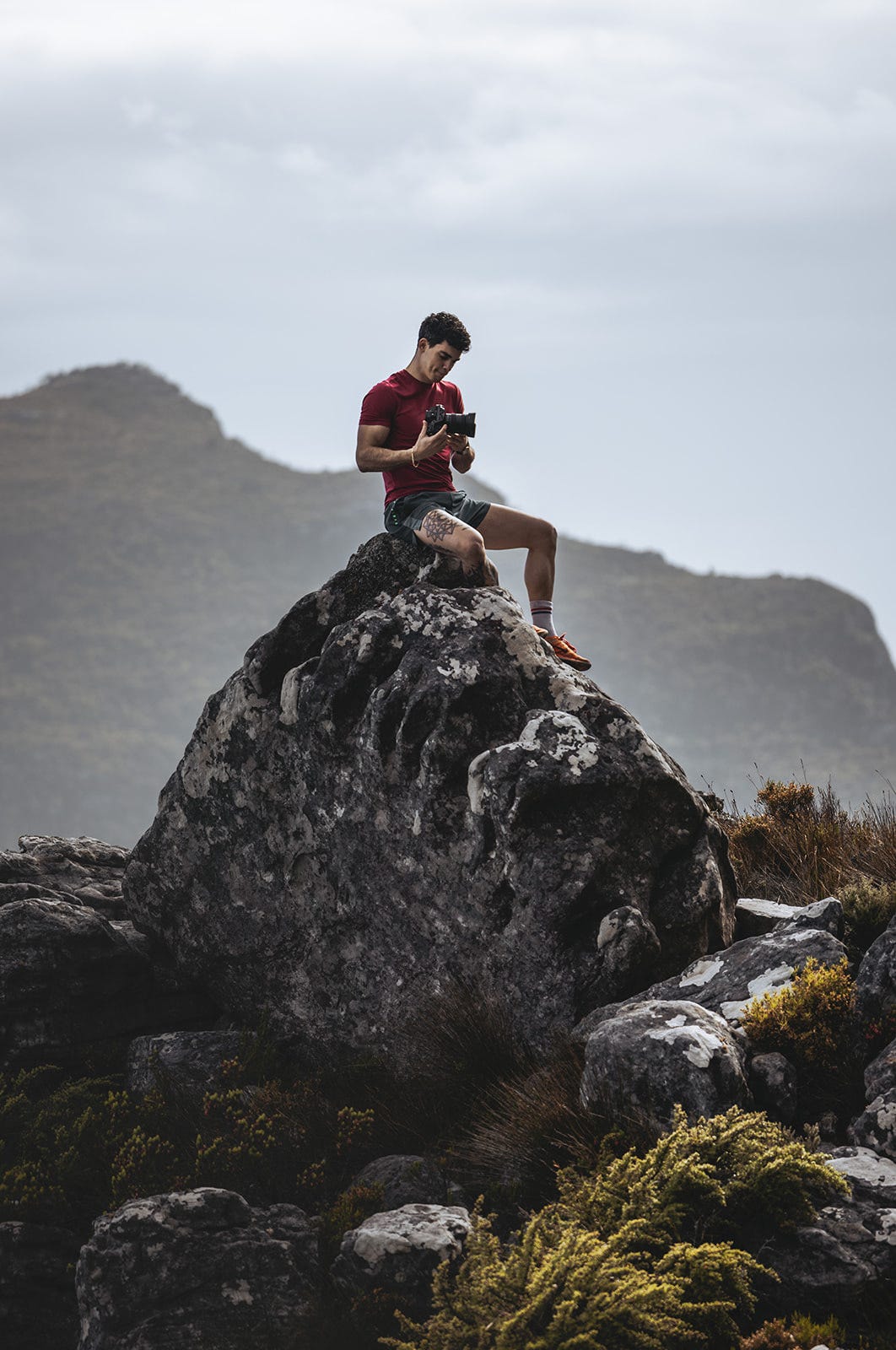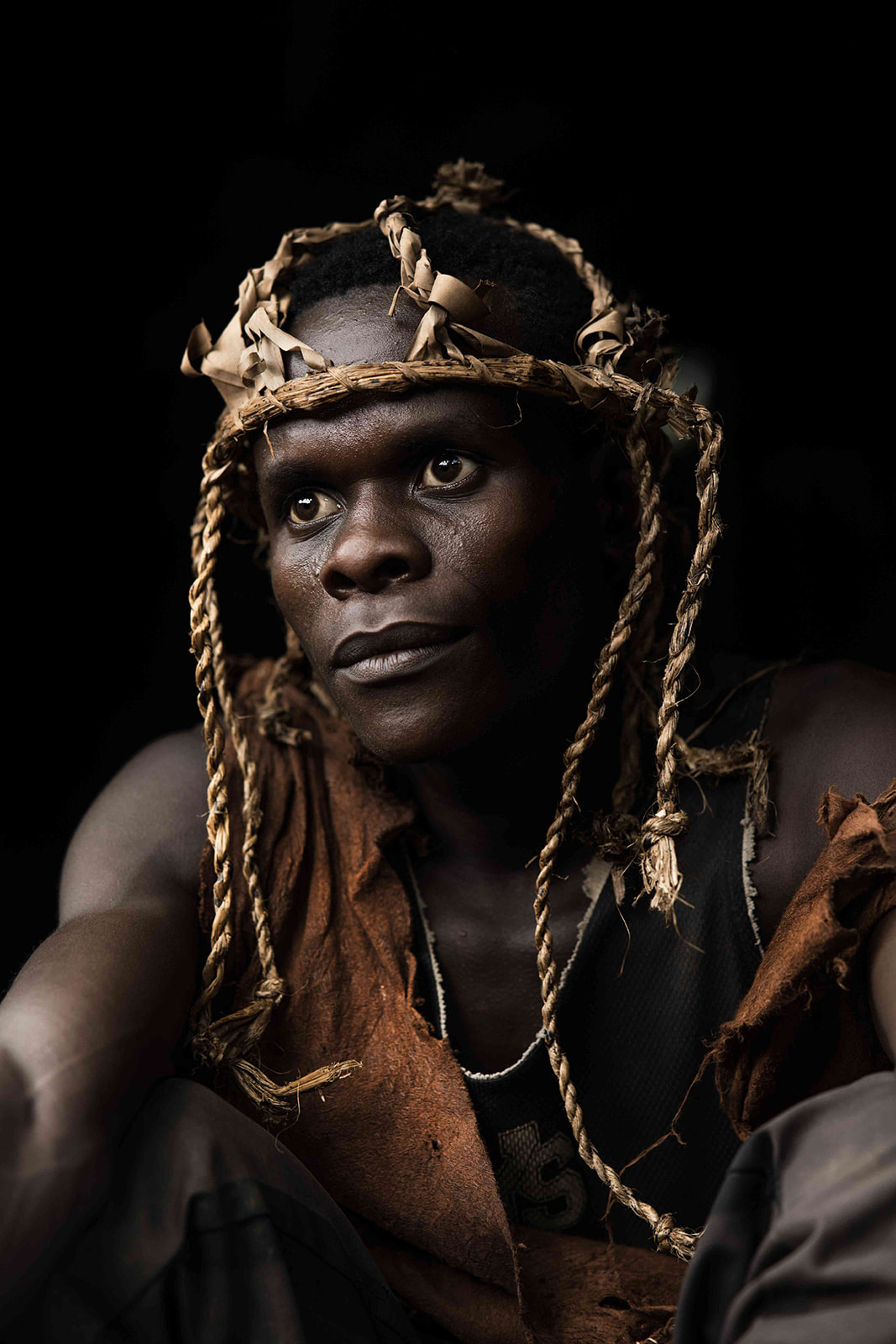Dylan Carvalho: The Swiss Globetrotter Who Captures the World's Beauty
Carvalho's stories have the power to inspire, to educate, and to connect us with the world around us.
Have you ever dreamed of traveling the world to experience its natural beauty and live among wildlife? For Swiss photographer Dylan Carvalho, this dream is a reality. Carvalho's work takes him to some of the most remote and rugged areas of the planet to capture stunning images of the natural world.
Through his lens, we see the world in a new light. We're transported to far-off lands and reminded of the majesty of the natural world. Carvalho's travels have taken him to some of the most breathtaking places on earth, where he's photographed gorillas in Bwindi, white rhinos in South Africa, trekked through dense jungles in the Amazon, and witnessed the awe-inspiring beauty of the savannah woodlands of Botswana. It’s a childhood fantasy realized.
Carvalho's work goes beyond just photographing wildlife. He also shares stories about the local communities of the places he visits, from coffee farmers in Uganda to wildlife rangers in Bwindi. It's a compelling, first-hand look at the people and cultures that make these places so unique. (Check out this video of Carvalho visiting farmers in Mt. Elgon, Uganda, who talk about the challenge to sustain their business.)
Carvalho primarily shares his adventures and wildlife photography on Instagram and TikTok. I highly recommend you give him a follow as his work will bring a much-needed dose of calm and inspiration to cluttered social feeds. 😌


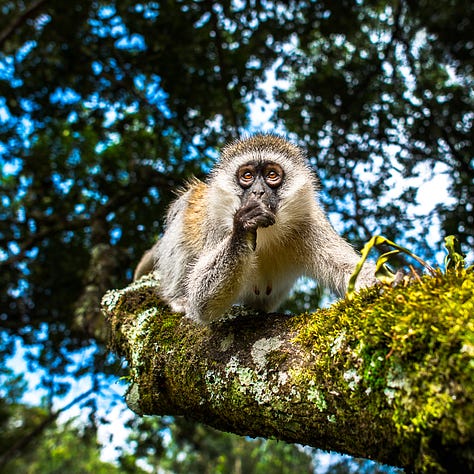
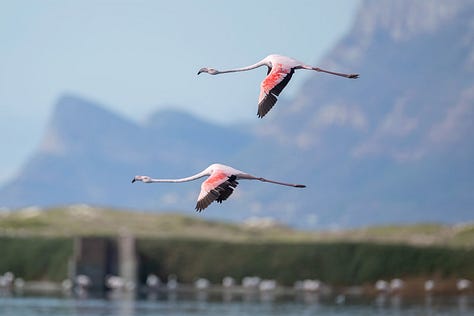
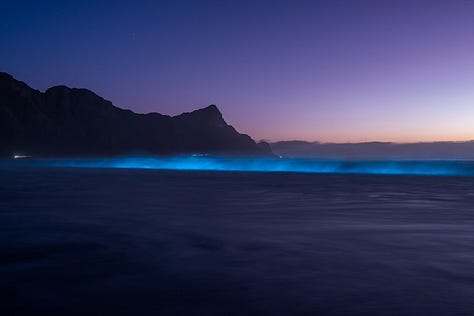
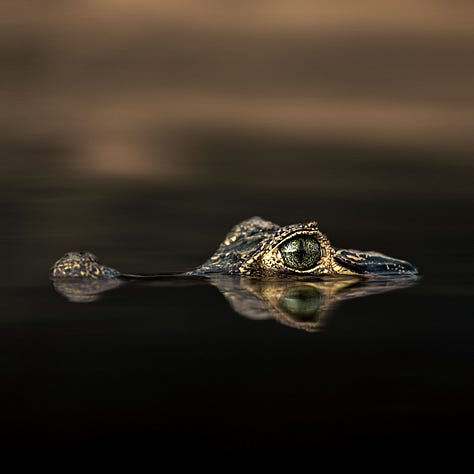
Carvalho's work is proof of the power of photography to inspire, educate, and connect us with the world around us. Following a stint in the Swiss army and gigs as a safari guide, his story is also proof that it's possible to achieve your dreams if you put your mind to it. His storytelling often encourage others to do the same.
I first discovered Carvalho's work when exploring the world of fine art NFTs and digital collectibles. Fine art photography has been steadily growing in the NFT world, providing young and upcoming photographers with an opportunity to share their work and tap into new revenue streams.
While prepping for another trek around the globe, I checked in with Carvalho to learn more about his passion for photography and wildlife, his experience visiting remote places, and the inspiring journey he’s on. He has plans to expand his storytelling, design customized tours, and continue to share photography on his socials. Read on to get to know Dylan and what’s next.
Hello, Dylan! I'm curious, where are you located currently, given that you're a global nomad?
“Right now, I’m back in Switzerland for a moment to prepare an expedition to Uganda. That said, I don't have a fixed location where I reside. It's been 3 years since I left Switzerland, and since then, I have been constantly on the move, splitting my time between Africa, Europe and America. While I do travel frequently, I make sure to plan my trips so that I can stay for extended periods in one particular country, sometimes for weeks or even months.”
What inspired you to become a wildlife photographer?
“Well, as a kid, I always had a fascination for wildlife and would often spend hours watching documentaries on the subject. I knew I wanted my story to be told on a network or TV, but as I grew older, I realized the potential of YouTube and how I could create my own show on this platform. When I turned 18, I picked up my first camera and started taking pictures of animals - anything from lizards to ducks to dogs. These activities brought me so much joy and meaning that I knew I wanted to turn my passion for wildlife photography into a career. And that's how it all started.”
How do you go about planning your photo expeditions, and what drew you to Africa as a base?
“It all started with my first trip outside of Europe, which was to Uganda, where I had friends. I spent seven weeks in the country and knew right then that I wanted to begin my journey in Africa. To prepare for my career as a wildlife photographer, I went to the Swiss Army to save money for a one-year program by Ecotraining, which enabled me to become a professional safari guide.
My approach to photography is simple: if you want to take better photographs, you must first understand your subject better. This means learning about their eating habits, behavioral patterns, and other key information that can help you locate animals and recognize when important moments are about to happen.
Research is the foundation of my approach to photography. For example, if I know that I'll be heading to the Pantanal in Brazil, I will start creating an ID list of all the animals I want to capture weeks before my trip. I'll read studies, consume information, and prepare a solid base of knowledge before arriving at my destination. This helps me to plan my photo expeditions better, find my subjects more easily, and capture the best possible shots.”
You've made some of your photography available as NFTs for collectors. Can you share your experience of releasing NFTs and whether it connected you to a new audience?
“I made a couple of sales of my NFTs, which was a great feeling, but more importantly, I was able to connect with a lot of people who were interested in my work. This led to more opportunities, such as being contracted for major NFT conferences in Lisbon, Paris, and NYC to photograph their events. Not only did this give me more exposure and credibility within the NFT community, but it also provided me with great networking opportunities.”
What are the biggest challenges you face when photographing wildlife in Africa?
“When it comes to photographing wildlife in Africa, there are certainly some challenges that need to be overcome. Firstly, it requires a lot of time spent in the wild, which can become rather costly. However, I found a solution to this problem by becoming a guide and content creator. I can be hired by guests or a lodge, which allows me to be immersed in nature for an extended period. This means that I can spend more time observing and photographing wildlife, which is essential for capturing the perfect shot. Finally, there are also logistical challenges, such as transportation and equipment. However, with planning and preparation, these can be overcome.”
What has been your most memorable experience while photographing wildlife in Africa?
“As someone who has been fortunate enough to photograph wildlife across Africa, it's hard to pick just one experience that stands out as the most memorable. However, if I had to choose, I would say that tracking the Mountain Gorillas of Bwindi's impenetrable rainforest was an experience like no other.
The trek through the dense jungle was challenging, but the anticipation of seeing these magnificent creatures up close kept us going. And when we finally found the family of gorillas, the experience was truly unforgettable.
The lighting wasn't ideal at first, but as luck would have it, some clouds rolled in and created a perfect opening for me to capture some truly stunning photographs. Seeing these majestic animals in their natural habitat was an awe-inspiring experience that I will never forget.”
What are your essential gear requirements when you go into the field to capture wildlife?
When it comes to capturing wildlife, there's a lot more to it than just pointing and shooting. Of course, your camera and lenses are a must-have, but to take your shots to the next level, you'll want to consider a few other things as well.
A sturdy tripod is essential for keeping your camera steady and capturing sharp images, especially when shooting in low-light conditions. A beanbag can also be a great alternative for keeping your camera stable on uneven terrain. Don't forget about lens filters, which can help reduce glare and enhance colors in your shots.
When you're out in the field, weather can be unpredictable, so make sure to pack a rain cover to protect your equipment from the elements. Adequate clothing is also important, as you may find yourself trekking through muddy or wet terrain as well as blending in with the right colours.
Once you've captured your shots, the post-production process is just as crucial. Bring your laptop and hard drives to store and organize your images for editing later. With these essential gear requirements, you'll be ready to capture stunning wildlife shots in the great outdoors.
Can you tell us more about your art and the Carvalho brand of photography? How do you approach capturing unique and creative shots of wildlife that stand out from other photographers?
Standing out in wildlife photography is a hard one. One approach that I pursued to stand out from the crowd is to use wide-angle lenses. This technique can create a sense of depth and immersion for the viewer, but it's not always easy to pull off, as the animal in question needs to be relatively close.
To capture stunning wide-angle shots of wildlife, it's important to consider the animal's behaviour and movement patterns. Photographers also need to be patient and persistent, as it can take time to get the perfect shot. Getting down low to the ground can also create an interesting perspective and make the animal appear larger than life.
Another way to make your wildlife shots stand out is to focus on capturing unique behaviours or moments. This requires careful observation and anticipation, as well as a willingness to experiment and take risks with your photography.
Your videos feature local communities extensively, including highlighting coffee farmers and promoting fair trade. How do you envision your work contributing to conservation efforts and changing people's perception of the African continent and its wildlife?
“Highlighting local communities, such as coffee farmers, is an important aspect of promoting fair trade and sustainable practices. By showcasing these communities and their unique cultures and traditions, photographers can help change people's perceptions of the African continent and its people. It's important to approach these communities with respect and sensitivity and to involve them in the creative process whenever possible. Ultimately, by combining my passion for photography with a commitment to supporting local communities and conservation efforts, I strive to make a real difference in the world.”
Your videos often feature motivational content to encourage people to dream and pursue their passion. Do you feel this message resonates well in the context of your own story? What do you want people to ultimately take away from engaging with your content?
“Motivational content can be a powerful tool for encouraging people to dream big and take action towards their goals. By sharing your own story and experiences, you can help others see what's possible and inspire them to pursue their own passions. It's true people get inspired by my work and I always get feedback from my relatives and friends back home on how proud they are of the path that I chose to pursue.
Ultimately, the message that I hope people take away from my content is one of inspiration and empowerment. I want people to see that it's possible to pursue their passions and make a difference in the world, no matter where they come from or what challenges they may face.”


